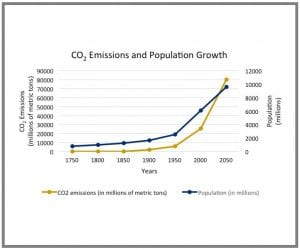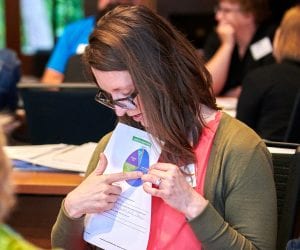The new National Climate Assessment released by the government this week makes it clear – the effects of climate change are already being felt in every region of the United States and this is just the beginning. From more severe storms in the eastern U.S. to more drought and wildfires in the Southwest, we are already reaping what we’ve sown with unabated carbon and methane emissions. The Assessment, which brought together hundreds of experts, is more than just a static report. It is also an interactive website that helps viewers home in on the specific climate effects for each region, with accompanying impacts outlined for regional economies. Think about corn production in Iowa, maple syrup tapping in Vermont or oyster harvesting in Washington State.
From an educational standpoint, the Assessment brings the issues of climate change to where we live and what’s important to us. Polar bears in the Arctic or sea level rise in the South Pacific may seem very remote to our everyday lives. But here’s why Americans should be paying attention to climate change warnings: more than 50 percent of the U.S. population live in coastal countries and many of those counties are in low-lying areas that are already susceptible to increased flooding; longer hotter summers bring more allergens and asthma; more droughts and wildfires are already affecting homes, farms and ranches. The list goes on.
Have your students check out the report. Then consider some solution-oriented classroom activities like those in the Energy or Climate Change units of Earth Matters. And while we can’t turn the clock back on carbon emissions, we can still affect the future climate by our actions. Share with students the winning videos produced by high school students in the Climate Change category of this year’s World of 7 Billion Video Contest for ideas for effective messaging on a critical issue we should all care about.




